
Description of tarantula hawk wasp
This rather large insect measures 50mm in length, and falls among the largest of wasps. Tarantula hawk wasp has iridescent blue-black body and rust colored membranous wings. Their stinger is very long, and in females, it reaches 1/3 inches in length. Bite of the tarantula hawk wasp is considered one of the most painful experiences. The head of the insect is distinguished by large eyes, large antennae and mouth-parts, which are modified in something like a tongue-like structure. Tarantula hawk wasp has two long legs and typical narrow connection between the thorax, a middle part of the body, and abdomen. Only the females have sting on the abdomen and scientists today believe it evolved from an egg-laying organ.
Habitat and distribution
Tarantula hawk wasp usually lives in desert habitats, shrub lands, grasslands, and arroyos. This insect is distributed all over the world, from India to Asia, Africa, Australia and the Americas. At least 250 species live only in the South America, but Pepsis formosa and Pepsis thisbe are the most common. This is the official state insect of the U.S. state of New Mexico.
Habits of tarantula hawk wasp
These insects are usually active in the summer and during the day. They avoid the highest temperatures but usually crawl around the flowers on the ground. These wasps rarely sting without provocation, and they typically hunt tarantulas only when the females are ready to lay eggs. Female tarantula hawk wasp finds a tarantula by the smell. When she finds a tarantula, she stings it to make it paralyzed within seconds. Sometimes, the female tarantula wasp even drinks the body fluids from the spider’s wounds to replenish lost energy and water. Tarantula hawk wasp then drags the paralyzed tarantula to its burrow to lay a single egg on top of its body. The egg soon becomes a larva, which feeds on paralyzed but still living tarantula. This phase lasts for a month. They next spin a cocoon around their bodies and go into a resting stage, to emerge from it as adults.
- Photo courtesy of Renee by Flickr: www.flickr.com/photos/132295270@N07/36762280066/


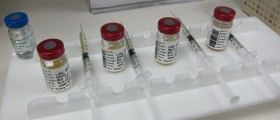

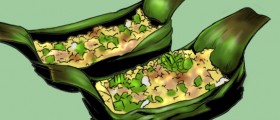

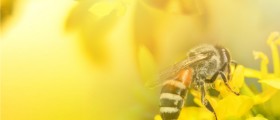
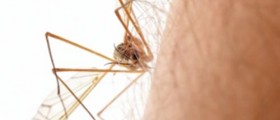
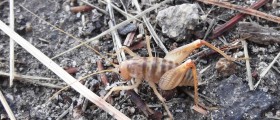

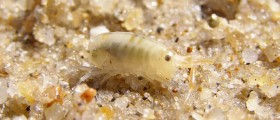

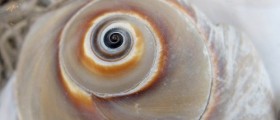

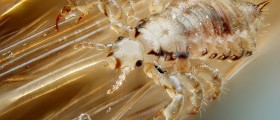
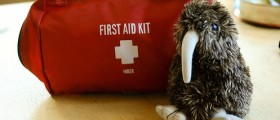

Your thoughts on this
Loading...